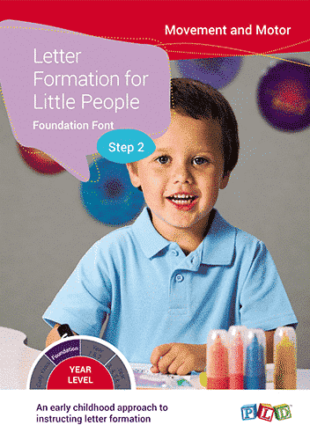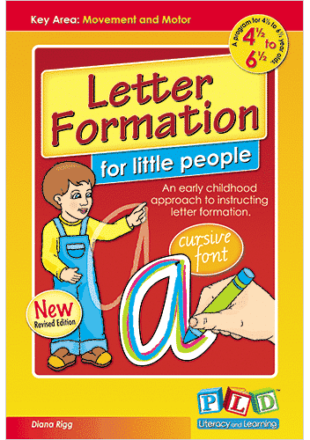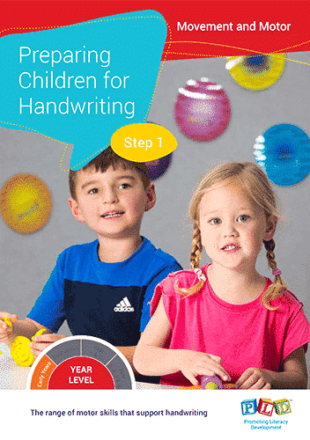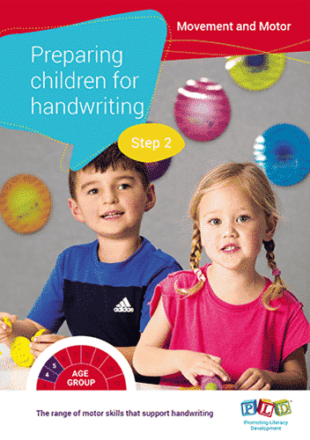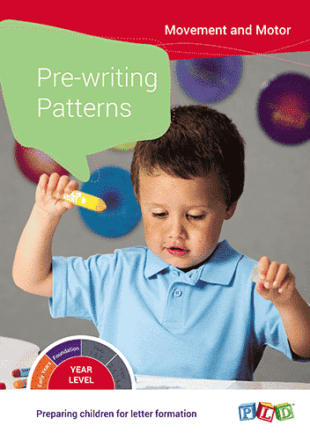There is currently insufficient handwriting instruction in Australian schools. Some key takeaways from this article are:
- Children’s handwriting acquisition has become slower because they practice less
- When handwriting becomes automatic, children can concentrate what they are writing not how they are writing
- A multisensory approach appears to have significant advantages in developing handwriting skills
- Schools should adopt a consistent approach to handwriting instruction
- Adopting a cursive font for spelling and writing and a foundation font for reading can complicate learning
- A consistent reading and handwriting font is recommended to enhance children’s handwriting and literacy acquisition.
- Through establishing an ideal handwriting technique, each student’s potential for academic success will be maximised.
Regular, explicit instruction in the classroom is crucial for effective development of this important skill. In conjunction with this, a consistent approach throughout a school is vital so that children have the best opportunity to master the complex task of handwriting.
The ultimate aim of handwriting instruction in schools is for the students to achieve legibility and speed. Currently, there is insufficient direct handwriting instruction in many Australian schools (Asher, 2006).
In general, children’s handwriting is actually slower now because they are practicing less (Clausen, 2010).
Learning handwriting can be compared to learning times tables. Just as we know that in mathematics, a good automatic knowledge of the times tables can free up the brain for higher-order thinking, the same can be said for handwriting acquisition. If it is automatic, children can concentrate on the content of what they are writing instead of focusing on correct letter formation etc.
For an early writer, their mind can be freed up to think of phonics, spelling, punctuation and the message they are trying to convey. If letter formation is laboured and cognitively difficult, the reverse is typically true; the students’ spelling is typically poor, their punctuation is lacking and the content of their writing can be disjointed or unclear or very brief, rather than lengthy and detailed.
We need children to have a good grasp of handwriting so that they can demonstrate their understanding of the concepts taught. Ultimately, after emerging from an effective handwriting instruction program, children should be concentrating on idea formation not letter formation!
Handwriting Style
A multisensory approach (instruction and practice in a variety of different styles of learning) appears to have significant advantages in handwriting acquisition.
The importance lies in the consistency of the approach a school uses towards handwriting. It is essential that from one year to the next, each teacher adops a similar style of handwriting instruction, to allow for maximum retention by the students and effective incremental learning. The adoption of the PLD handwriting range over 2 to 3 years will assist the facilitation of a consistent approach.
For example:
- Pre-Writing Patterns – in 3 to 4-year-old preschool programs
- Letter Formation for little people – in the 4 to 5-year-old program
- Phonic Handwriting – in the 5 to 6-year-old program
The above sequence of programs could also be enhanced by the implementation of a wide range of fine and gross motor skill development within a 3 to 5-year-old program. PLD’s Preparing Children for Handwriting – Step 1 and Preparing Children for Handwriting – Step 2 were designed for this reason.
Handwriting Acquisition & Font
Adopting a cursive font for spelling and writing and a foundation font (found in the majority of readers) for reading, makes the process more complicated. This is especially true for children who have difficulty with visual perception, and forming a memory of the letter shapes.
Cursive letters are more difficult for students to recognise, and letter reversals are not reduced by using cursive fonts (Richmond, 2010). There is no evidence to support the theory that students transition to joined writing more easily when using a cursive font.
In the early childhood setting, teachers will come across difficulties when a cursive font is instructed.
Significant numbers of young children will experience difficulty with the ticks at the end of letters being formed. Some of these students will produce large or disproportionate ticks (i.e. poor control of the ticks). Other students may form a foundation font letter and then after the removal of the pencil a tick is then added (i.e. rather than a continuous and controlled single motion, 2 patterns are produced with a pencil lift between each.)
A consistent reading and handwriting font is recommended to enhance children’s handwriting and literacy acquisition.
Order/Grouping of Letters
The order of introduction of the letters of the alphabet to beginner writers appears to have no impact on the quality of their handwriting. However, as capitals are used less frequently, they are less essential in early instruction.
Handwriting Instruction Techniques
Existing handwriting booklets are often used in classrooms as independent work, risking the development of ‘bad’ habits in handwriting (such as reversals, incorrect or incomplete formations). Adequate teacher-led explicit letter formation rehearsal is vitally important in the early years to avoid the development of undesirable handwriting behaviours.
Through establishing ideal handwriting technique, each student’s potential for academic success will be maximised.



 print
print